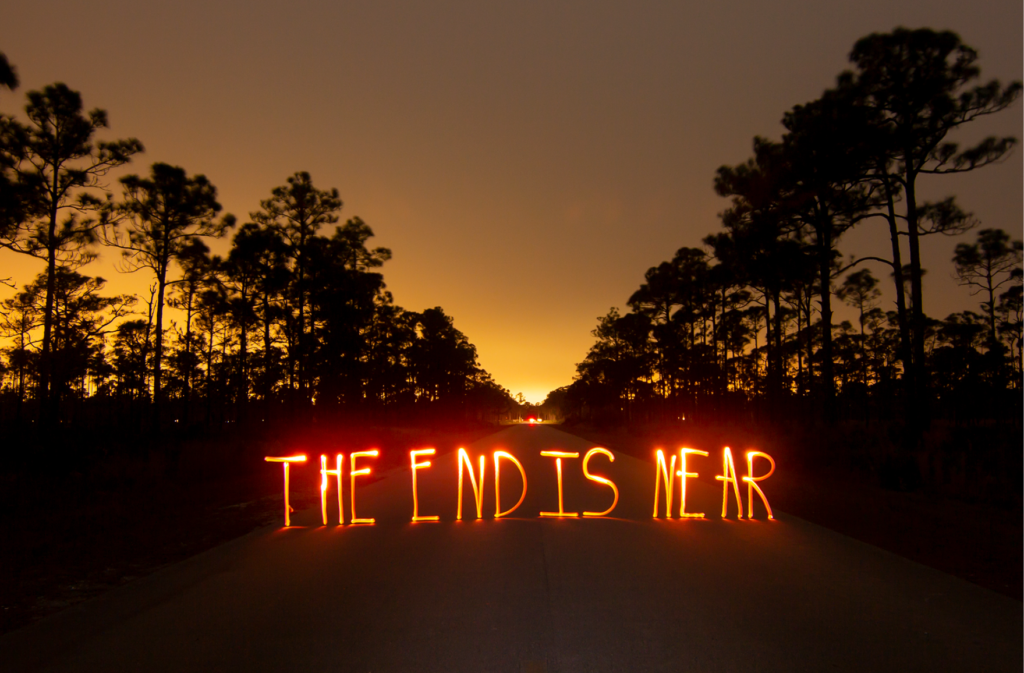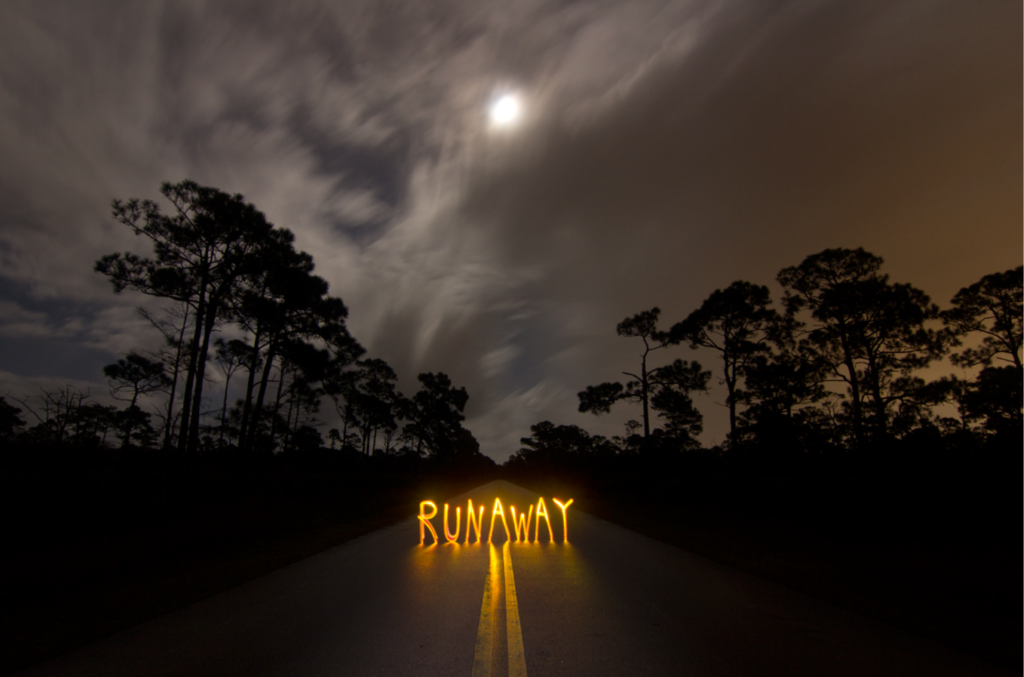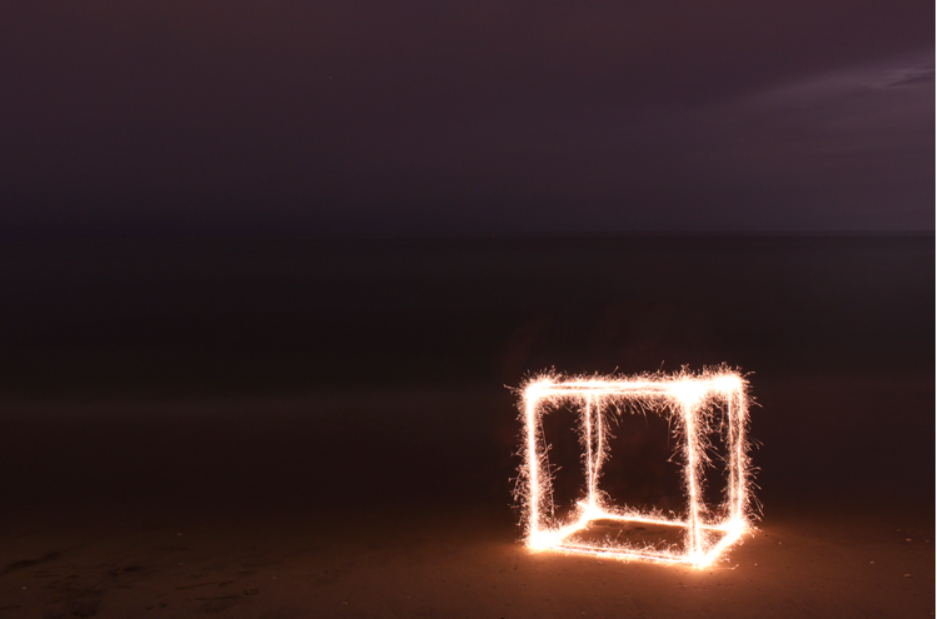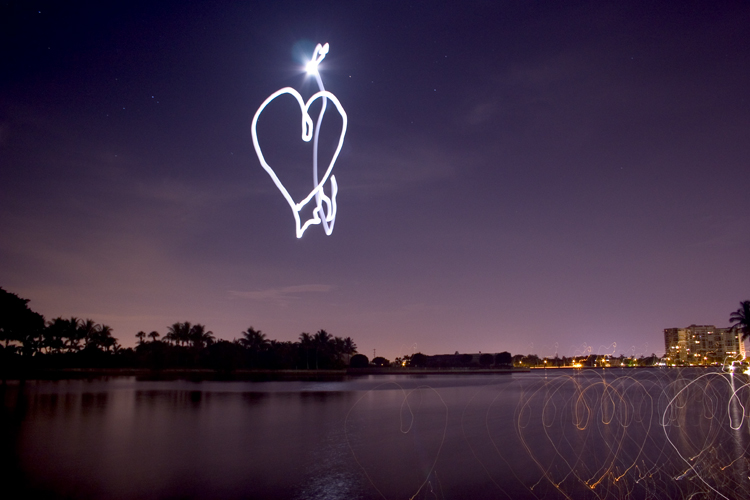Jason D. Page is a photographer regarded as a leader of the light painting movement. He has had a passion in light painting photography since 2004 and has even created a website aimed at inspiring people to take up this style of photography. The website contains other light painting artists, a wide range of tutorials on light painting and the history of light painting.
Jason was born in Newport, Virginia, and moved to Florida when he was three, his farther was a Coast Guard machinery technician and an avid photographer, however after they moved he ended up divorcing Jason’s mother which had an impact on Jason. After graduating collage in 2004 Jason focused on cinematography and produced 4 award winning films about surfing.
Jason describes finding his passion as “I have had images in my brain that I wanted to create and could never figure out how to do it. That was up until a winter night in 2004 when I bumped my camera while taking a long exposure of the ocean. When I checked the exposure I saw the moon had made a streak across the sky, in that moment it all clicked for me.”
Photos by Jason D. Page




Image analysis

The image above is called Moonlight Drawing #1 and was created by Jason D. Page in 2010. It is the first of three images he created in the series Moonlight Drawings.
The main subject in the photo is the glowing heart, which was made with a slow shutter and by moving the camera so that the light from the moon creates a heart shaped trail. The heart shape could be a personal reference to the photographer’s love and passion for light painting. This reference originated when he was taking a long exposure photo of the moon in 2004 and accidentally knocked the camera, which created a light trail, this led to Jason’s discovery of light painting- and is similar to how this image was produced.
The photo uses a combination of natural light, from the moon and low light from the dusk/dawn in the horizon, as well as some artificial light in the background on the right from the buildings. This helps dimly illuminate the photo so you can see the lake and the silhouettes of the trees which gives the photo a sense of natural beauty and almost a sublime like feel to it due to the smoothness and deepness of the water which can make people wonder what is under the surface.
The water also creates the texture in the image as the bulb shutter makes the gentle ripples in the water look soft and smooth and the reflectiveness of the light gives it dark ranges of purple and black complimented by the orangish colour from the light.

